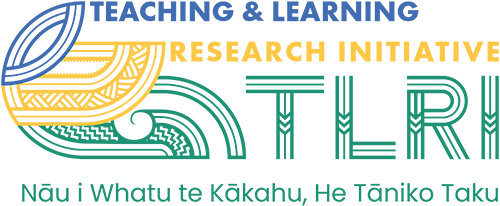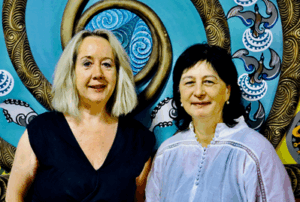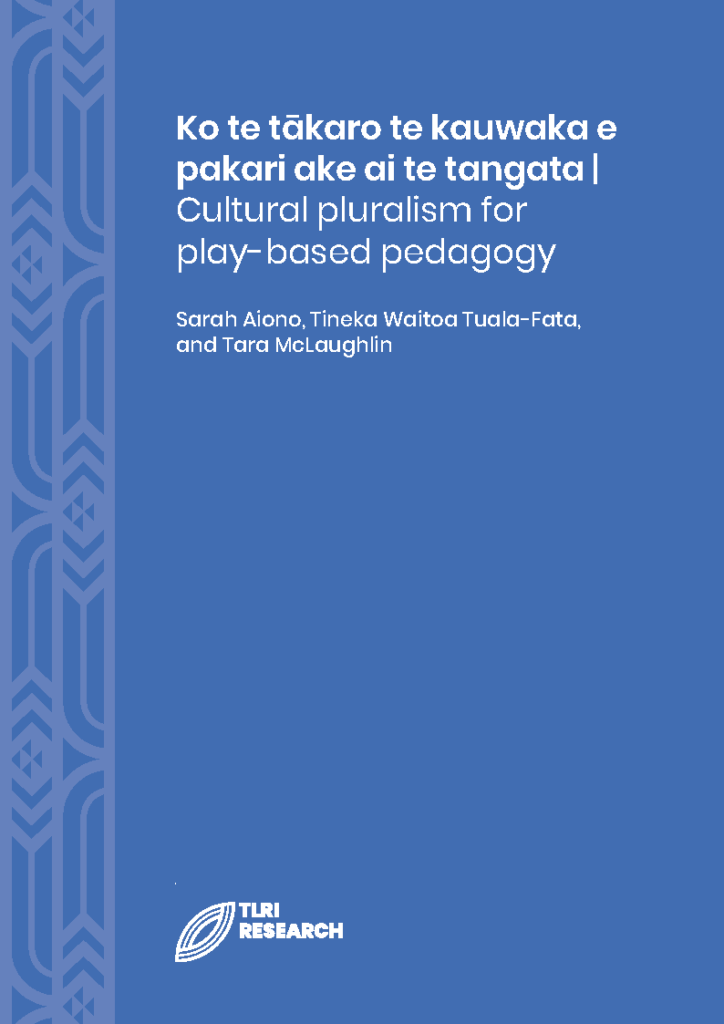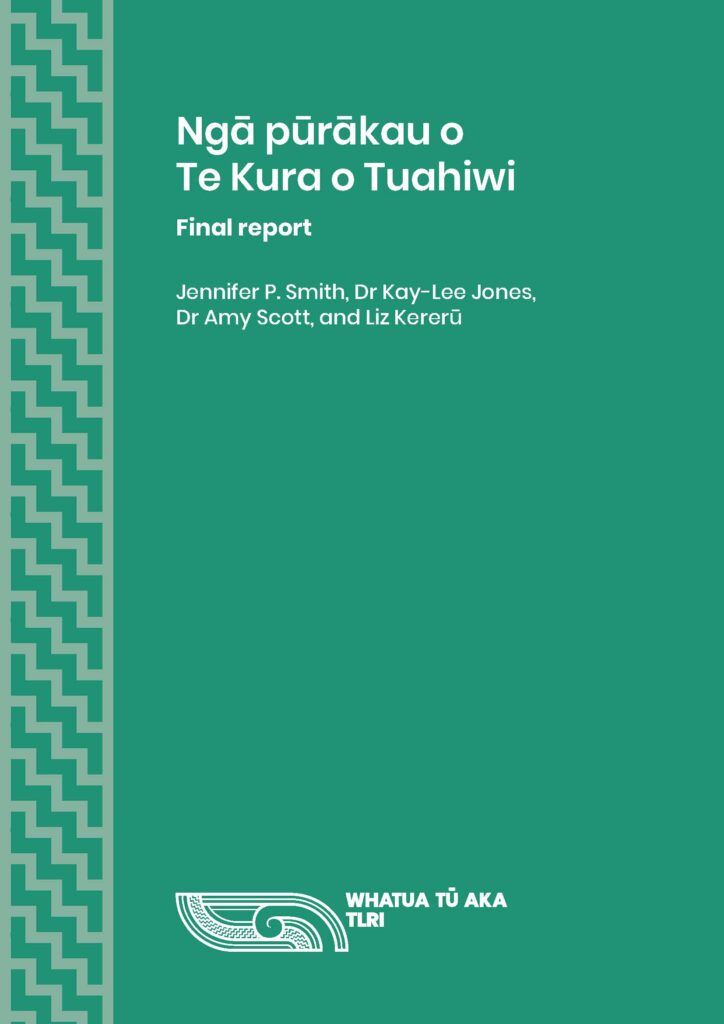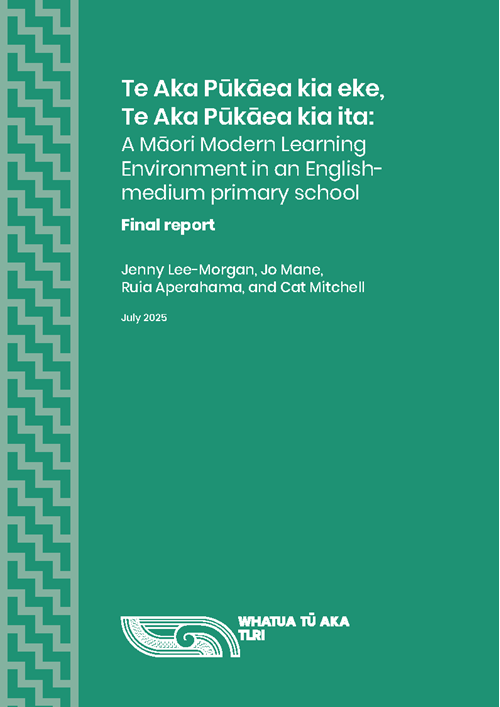Intro / Project description
Visual depictions of learning play a central role in how mokopuna are represented in ECE assessment. Yet critical engagement with these depictions by kaiako – how and why certain images are utilised to represent learning, and consequently whose knowledge gets privileged are not well understood. By making visible what was previously seen as self-evident, invisible or seemingly out-of-place in assessment practices through co-designed visual modes of representation, this project will enable kaiako to think more critically about the judgements that are being made, and how these are being portrayed as learning.
Our overarching question asks: How can critically and creatively co-designed visual assessment practices promote inclusive learning for mokopuna in bicultural ECE contexts?
Subsidiary questions ask:
- In what ways can critical visual literacies and co-designed assessment practices advance more inclusive ways of seeing and presenting valued learning?
- How might creative visual methods – when applied to assessment – grant visibility to the priorities of mokopuna and whanau concerning learning progressions?
Aims
This project aims to make explicit the processes, conditions, and modalities of visual productions that influence how young learners are seen and represented as competent and capable on their own terms. We are particularly interested in exploring how existing and co-created visual representations are and could be better utilised to portray aspects of the valued learning that will advance the rights of all mokopuna to be seen as well as heard. A series of re-framing lenses will invite kaiako to co-design visual approaches to assessment practices that better represent and correspondingly nurture inclusive learning for all. Sharing the responsibility of assessment with mokopuna and whanau as partners in design, has potential to create spaces for learning where the priorities of all language, culture and identities can be visibilised. Our intention in this project, therefore, is to understand what happens when critical visual literacies and creative methods for seeing are brought to bear on the ways learning is (or could be) represented in assessment concerning young learners in bicultural ECE settings aged birth to five years.
Why is this research important?
Although images (e.g. photographs) are widely utilised to supplement text in assessment, there is little or no guidance concerning i) the role these play in making learning visible, ii) on what basis they are selected and iii) to what (and whose) effect. ECE assessment processes of noticing, recognising, responding, revisiting and representing are not impartial processes, since what gets privileged is generally what gets seen. Representations of learning in assessment may ignore, overlook or trivialise aspects of learning that are seen (or unseen), because they are unable to portray important aspects of learning that are difficult to capture in text. As a consequence, existing inequities concerning what gets seen, and therefore valued may be perpetuated. Our project sets out to redress these inequities by co-designing critical and creative solutions to ‘seeing’ learners through visual modalities that will produce more inclusive representations of learning in assessment practices.
What we plan to do
We will undertake a cumulative process of co-design, in order to ‘see’ how localised priorities for learning and their impact on how learning is, or could be, represented.
- In Year 1 we will utilise participatory methods of image-elicitation and walking tour to gain the perspectives of mokopuna and whanau about how they are or wish to be seen, audit existing assessment representations and engage with kaiako in staff meeting dialogues about how learners are seen and represented as learners. Out of these discoveries, and close reading of existing literature in assessment and critical visual literacies, we will develop and apply a framework for critically examining the rhetorical (i.e. persuasive) power, and explore the de-colonising potential of existing and potential visual depictions of learners to represent their priorities for learning progression.
- With colleagues at Kōawa Studios, the Digital Screen Campus and Prof. Sarah Pink we will then engage in participatory prototype design methods to explore how to make more of existing assessment information through critical and creative engagement with advanced modes of visual representation (e.g. photography, film, gaming, lighting, animation, audio) and storytelling.
- In Year 2 story board solutions will be developed, trialled and evaluated through a series of feedback loops in ECE centres. Kaiako will explore how their revised representations might better reflect learning progressions and their diverse modes of meaning and expression in localised curriculum. Together with Kōawa Studios we will co-produce final product solutions and generate a set of principles for visual assessment to share with the sector.
Our partners:
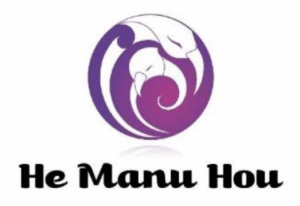
He Manu Hou are a kōhungahunga reorua, situated in the grounds of Te Aitarakihi Marae-a-iwi in Timaru. Their roll is currently at 33 with mokopuna aged birth to 6 years, and five kaiako.

Children’s Garden are a relationships-based education and care setting in Nelson. Their roll is currently at 35, aged mokopuna aged birth to 6 years, and five kaiako.
Kōawa Studios provide access to state-of-the-art approaches to visual media via the Digital Screen Campus at University of Canterbury’s Dovedale Campus. https://www.canterbury.ac.nz/about-uc/partnering-with-uc/koawa
Advisory group members Prof. Sarah Pink (Monash University, AUS), Prof. Sam Witters (Kōawa Studies, UC), Prof. Alex Gunn (University of Otago), Prof. Natasa Lackovic (Lancaster University, UK), Dr Ngaroma Williams (Te Rū Rangahau, UC) and Prof. John Everatt (Director, Centre for Assessment and Monitoring, UC) will support the kaupapa of this project.
